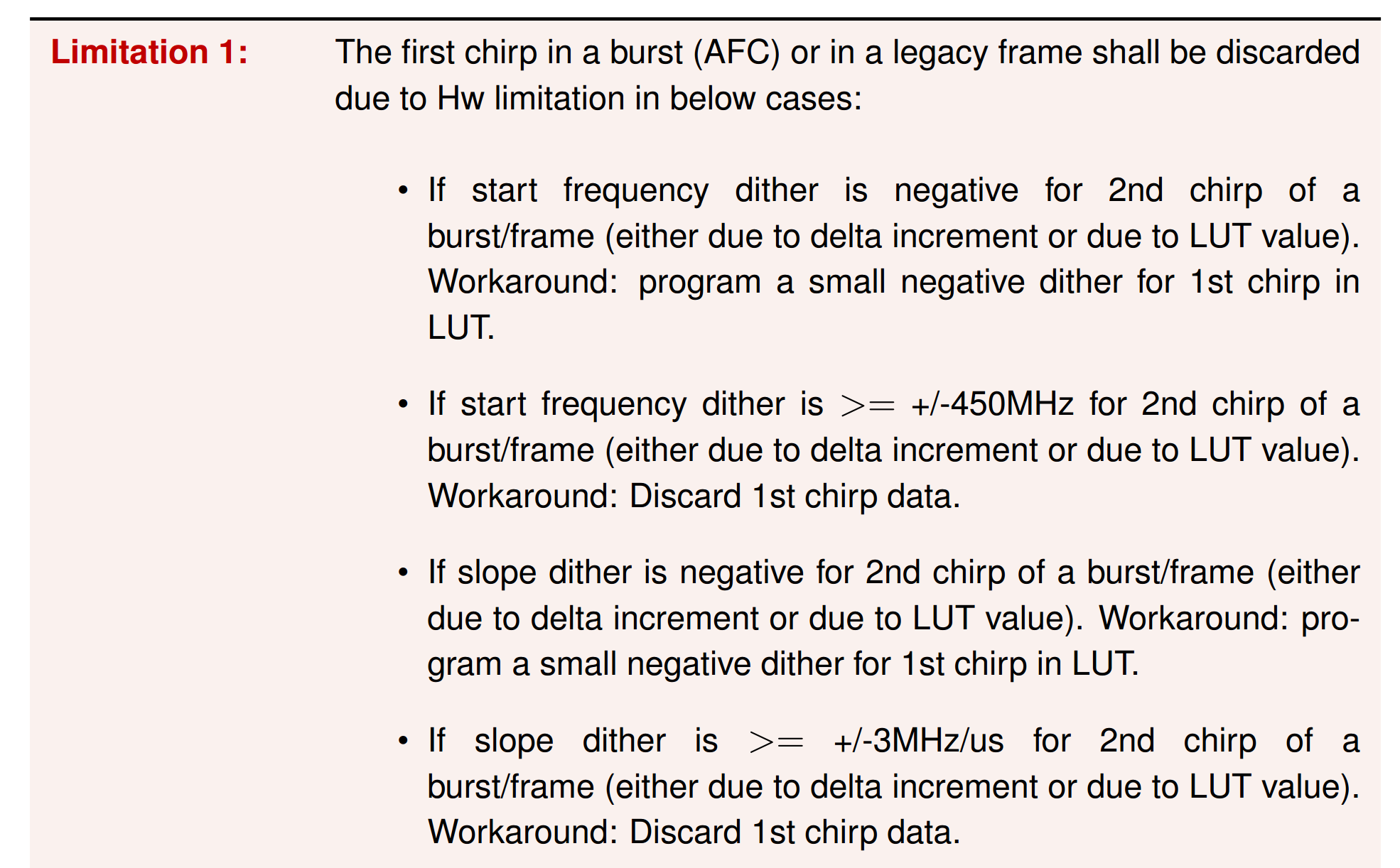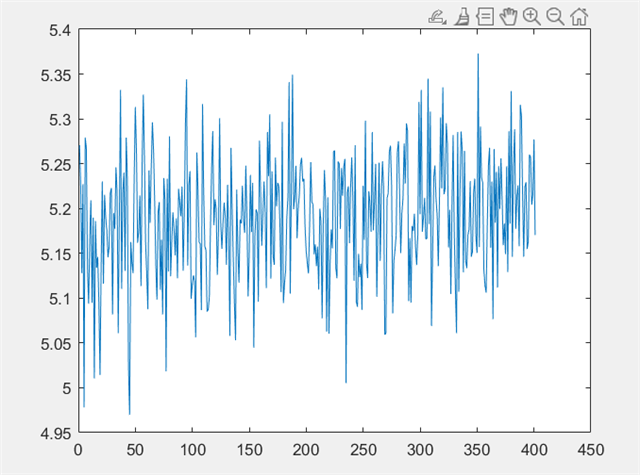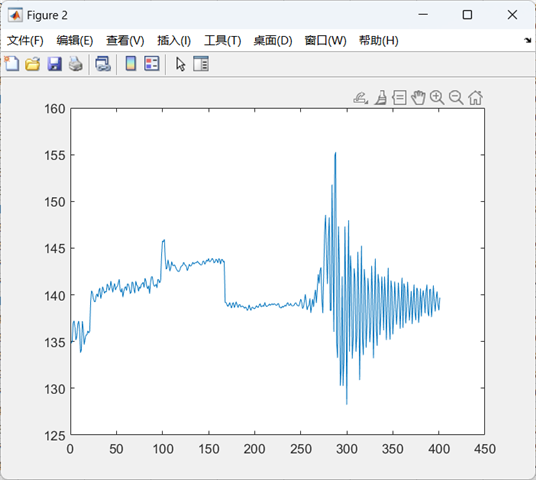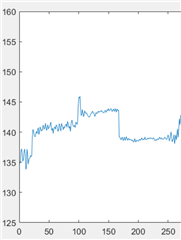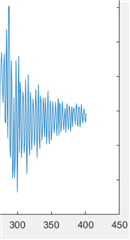Tool/software:
Hi TI teams:
I have the following questions. I would appreciate it if you could answer them. Thank you.
Question 1.Using only one transmitting antenna, the phase of each Chirp is increased by 5.625°.The figure below shows the results of both without and with RFINIT calibration. The values in the figure represent the phase difference between each Chirp.
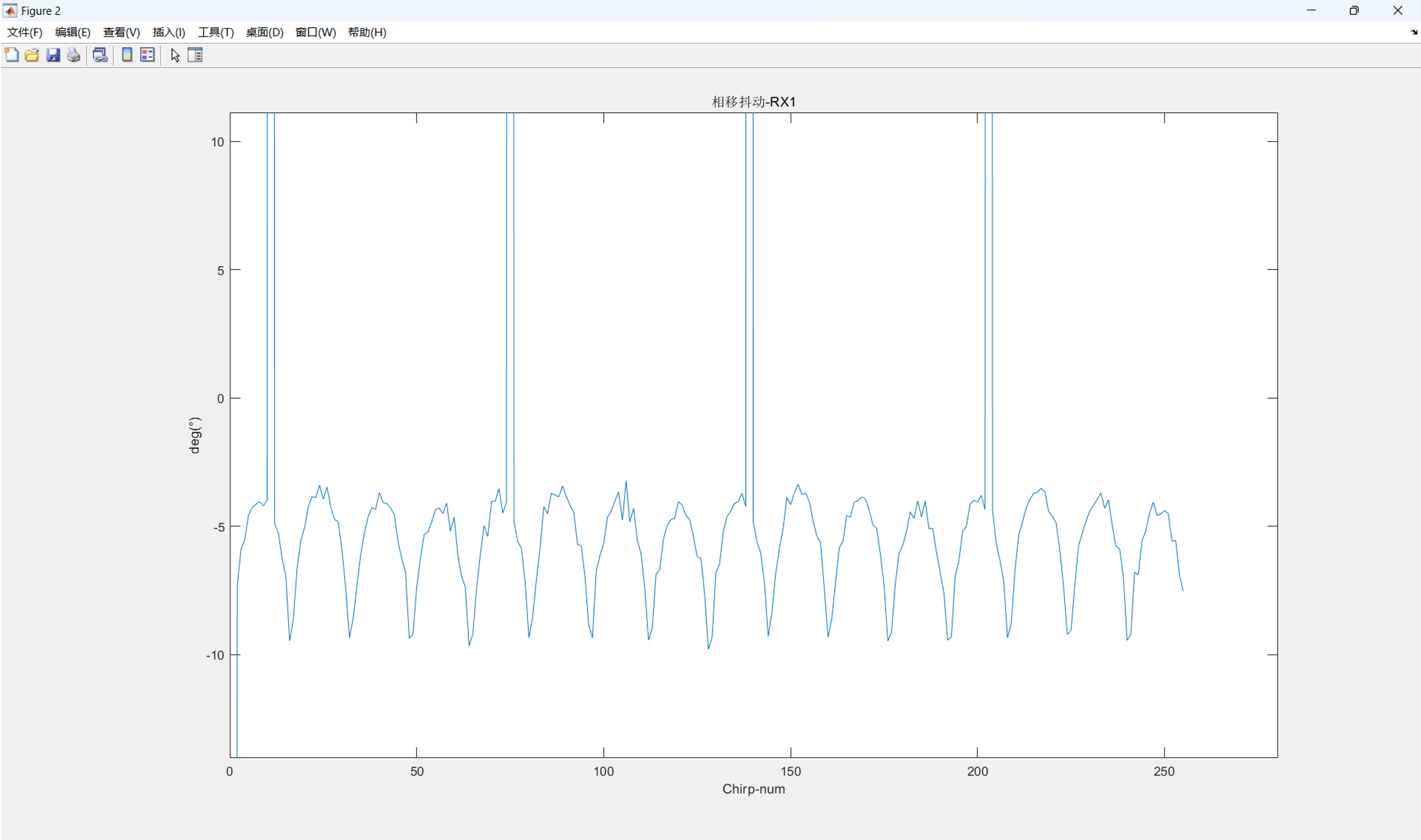
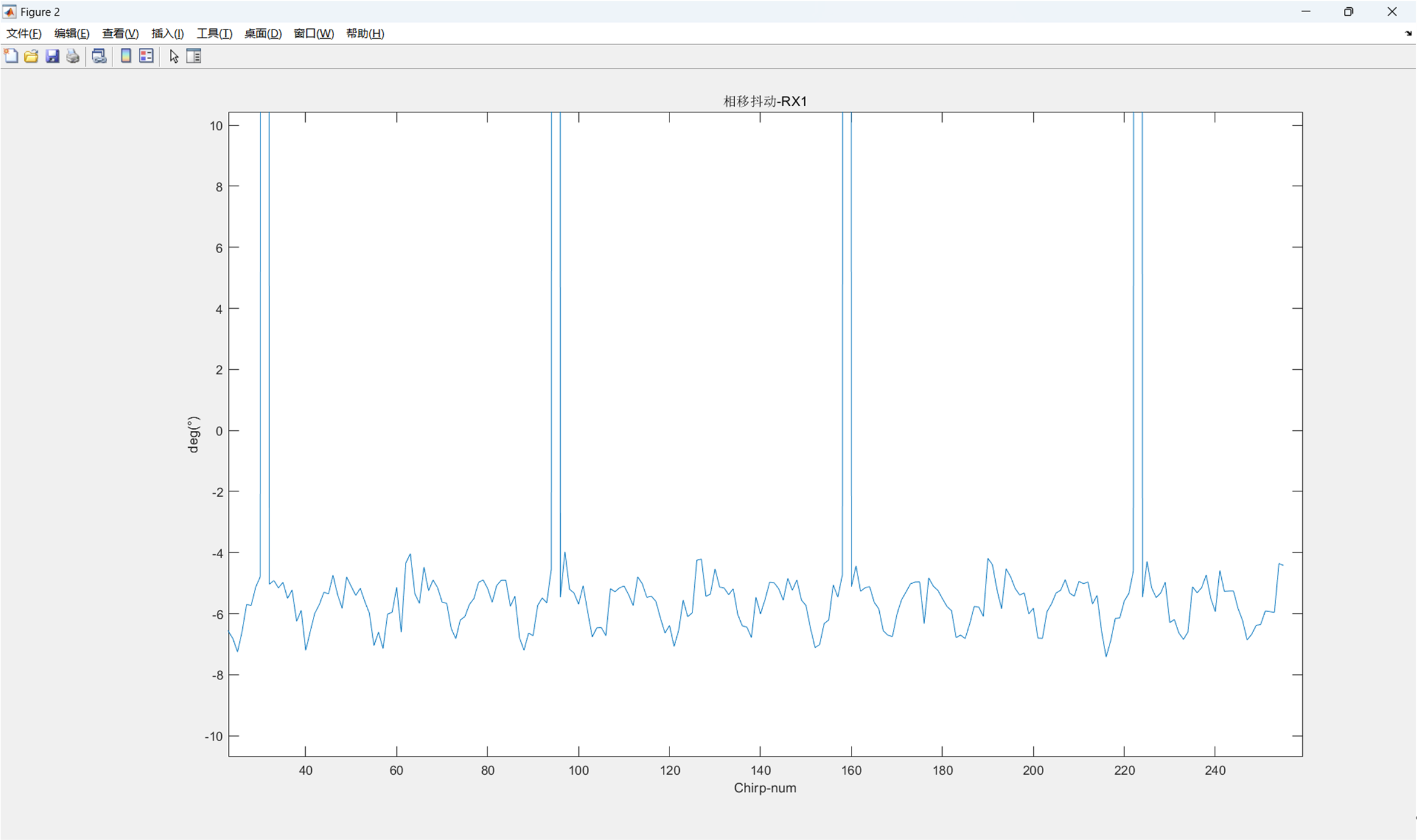
It seems that the result phase after enabling RFINIT calibration has become much more stable. Does this prove that the API call was correct and the phase calibration has taken effect?
Question 2.However, the phase deviation of the first Chirp in each frame is quite large, and the phase values of the same Chirp in different frames are unstable. Is this normal?
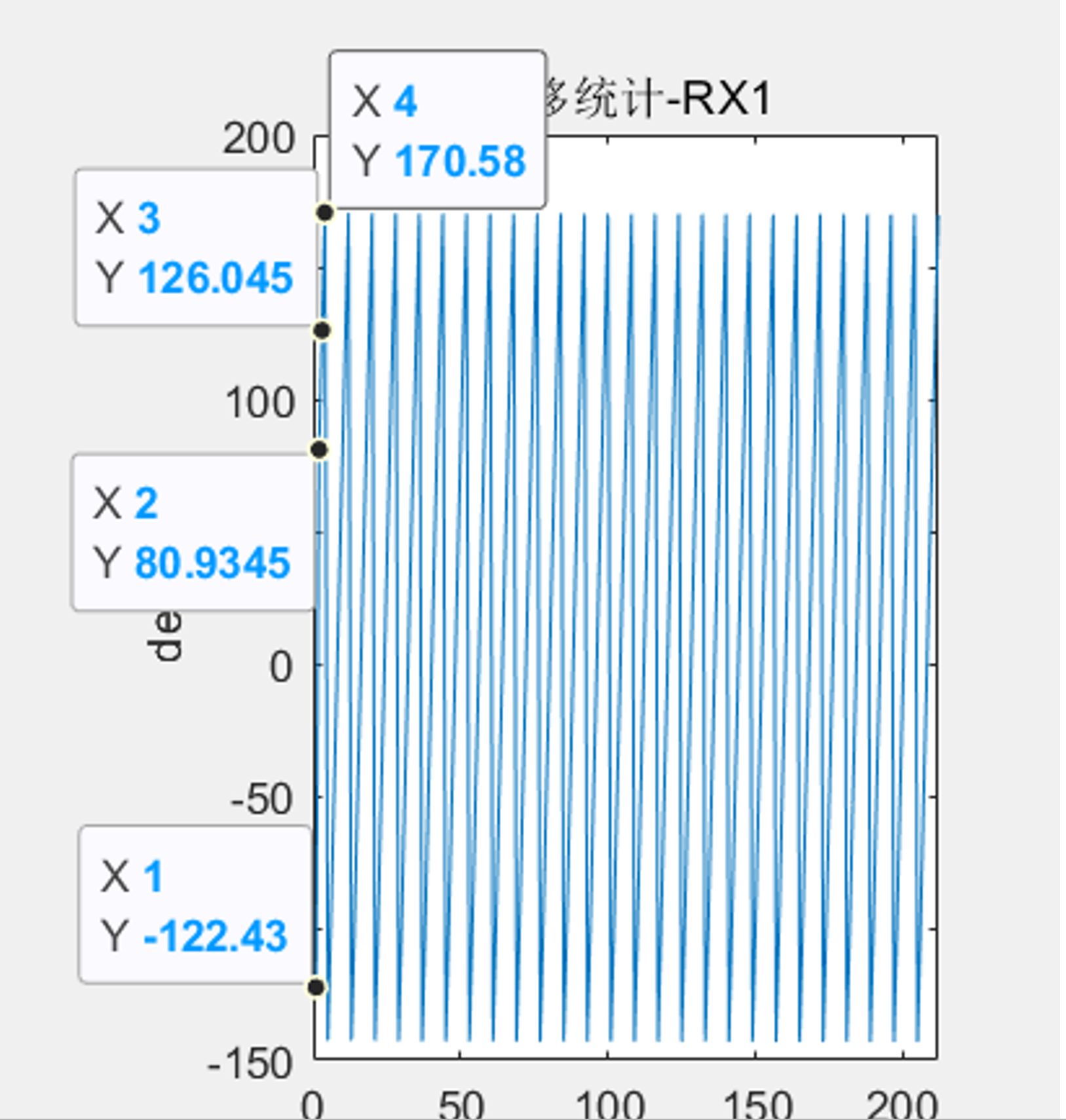
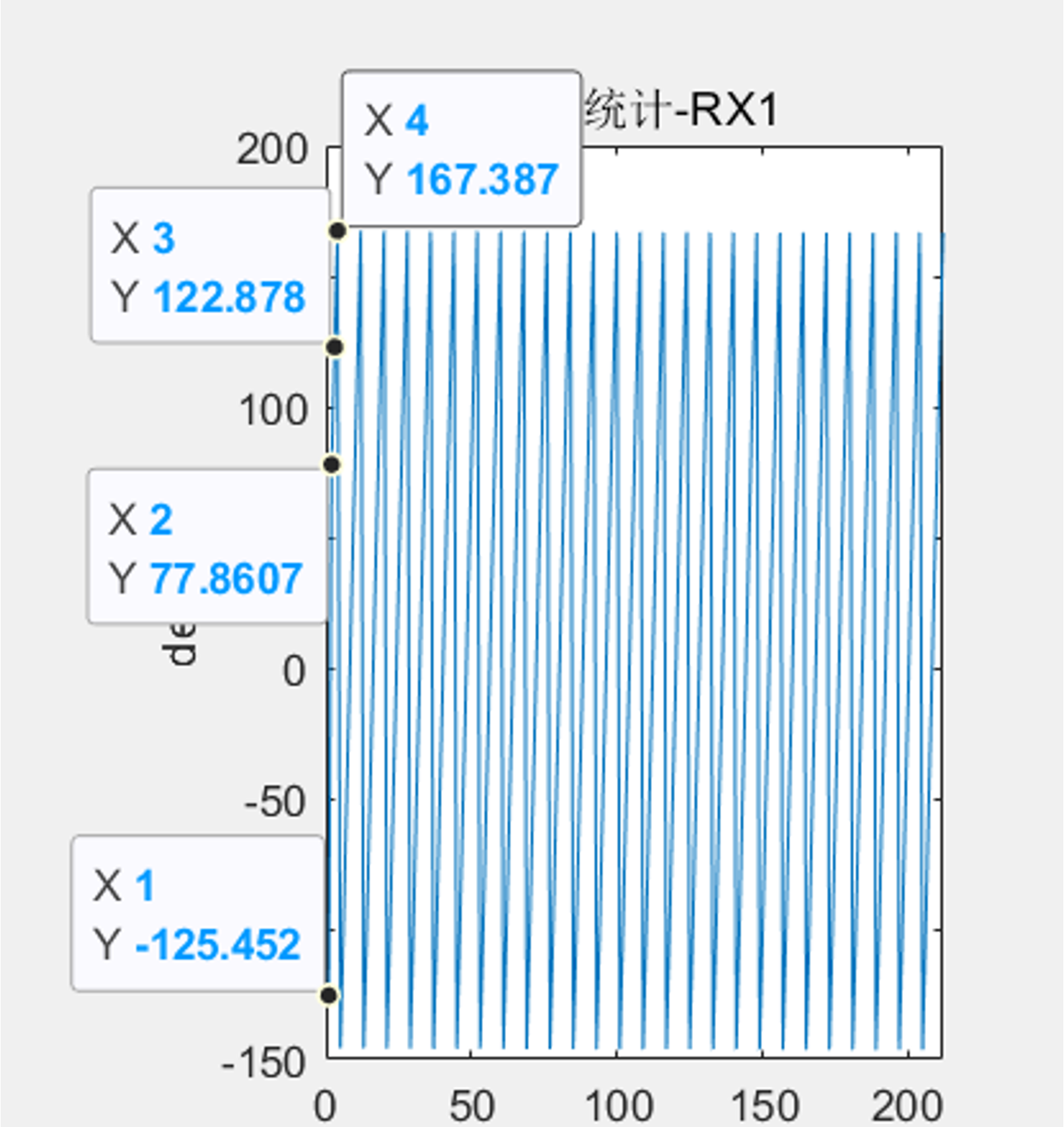
The above figure shows the result when the phase shift is set to 45°. The actual phases of each Chirp are shown in the left and right figures. The four marked Chirps have quite different actual phase values, but the Delta is approximately the same. Moreover, the differences of the 2nd, 3rd, and 4th Chirps are around 45°, which is in line with the design value. However, the difference between the 1st and 2nd Chirps is quite large.
Question 3,For 2944, if one wants to perform automatic calibration and temperature compensation, is it sufficient to just configure and call "rlRfRunTimeCalibConfig" to achieve automatic calibration? Are there any other steps required?
Best Regards
Minxi


